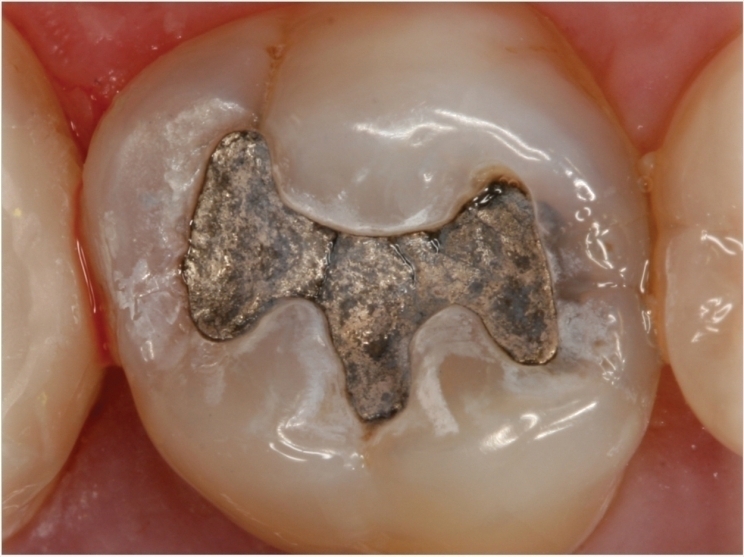
Following updated recommendations from the US Food and Drug Administration (FDA), the Boston University Henry M. Goldman School of Dental Medicine (GSDM) has eliminated the use of dental amalgam in patient care.
“By eliminating dental amalgam from our patient treatment centers, we are prioritizing the health and safety of our patients and fully embracing the future of dental restorations while simultaneously doing our part to protect the environment,” said dean Jeffrey W. Hutter.
“GSDM has a well-deserved reputation for innovation, and I believe this decision is yet another example of the Henry M. Goldman School of Dental Medicine being ahead of the curve when it comes to trends in dentistry and oral healthcare,” said Hutter.
In September, the FDA recommended the use of non-mercury restorations when possible and appropriate instead of dental amalgams in people who may be at higher risk for adverse health effects from mercury exposure.
These people, which account for a significant percentage of the general public, GSDM said, include:
- Pregnant women and women planning to become pregnant
- Nursing women
- Children
- People with pre-existing neurological disease
- People with impaired kidney function
- People with known sensitivity to mercury or other components of dental amalgam
Also, GSDM noted, the US Environmental Protection Agency reports that dental offices represent the largest source of mercury that enters sewage treatment plants.
“Nationally, dentists discharge about 5.1 tons of mercury into publicly owned treatment works, and most of this mercury will end up in the environment,” said Dr. Hesham Nouh, associate chair and director of predoctoral prosthodontics and restorative dentistry in the Department of General Dentistry. “Environmentally, it’s the right thing to do.”
Over the past five years, GSDM has moved away from the use of dental amalgams in its patient treatment centers, with the number of amalgams completed dropping from 1,730 in fiscal year 2017 to 746 in fiscal year 2019. In fiscal year 2020, the school completed just 391 prior to the suspension of care in the patient treatment centers in March at the start of the pandemic.
Prior to finalizing the elimination of amalgam, Hutter consulted with members of the school’s faculty, representing different departments and perspectives. According to GSDM, these members of the faculty universally endorsed the decision.
“The shift from amalgam dominance in practice to composite has been remarkable,” Nouh said. “Patients prefer aesthetic restorations (tooth-colored material).”
Students will continue to learn how to use dental amalgam in the Simulation Learning Center so they will know how to work with the material if they encounter it while on externship or post-graduation.
Related Articles
How the FDA’s New Recommendations for Dental Amalgam Affect Your Practice
What You Need to Know About the EPA’s New Dental Amalgam Rule
Berlin Declaration Shows Amalgam Has Entered Its Twilight Era











